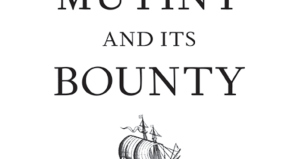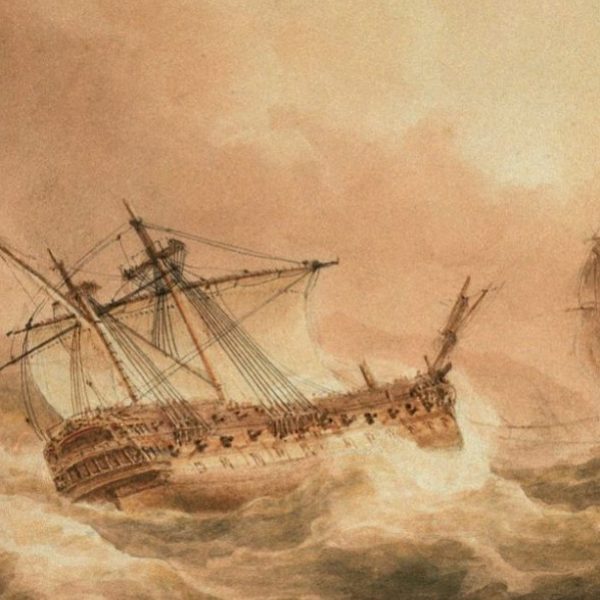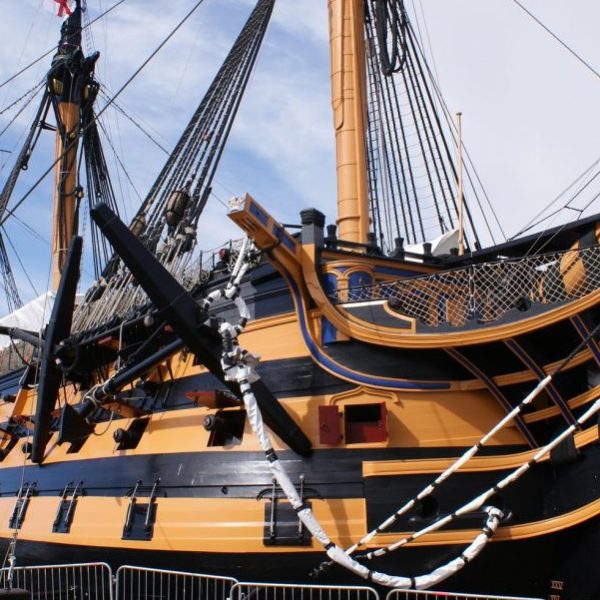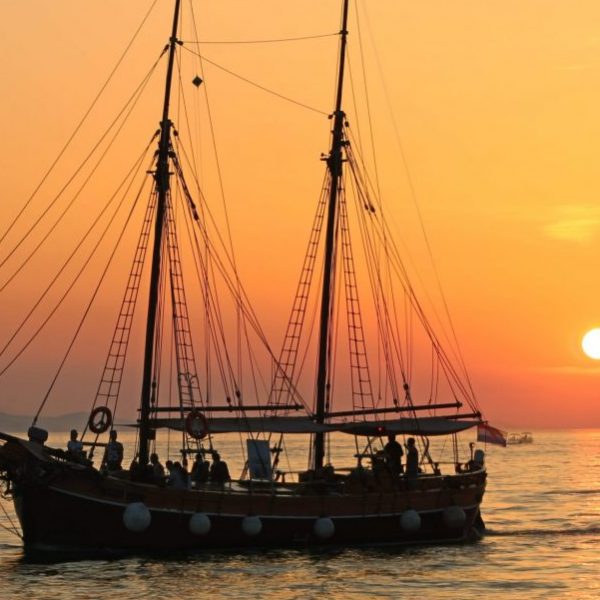Mutiny Profiles: Ferdinand Magellan
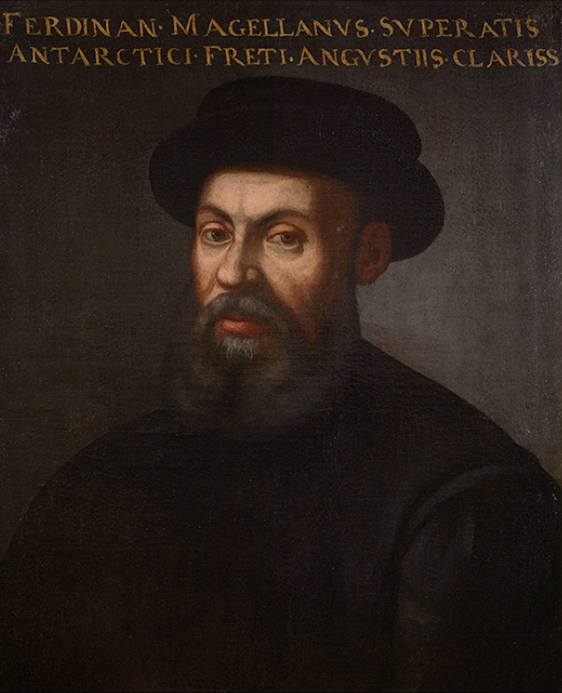 Magellan shows today’s leaders the value of making a well-researched bold prediction, and then sticking to the plan no matter what happens.
Magellan shows today’s leaders the value of making a well-researched bold prediction, and then sticking to the plan no matter what happens.
Patrick J. Murphy and Ray W. Coye’s Mutiny and Its Bounty: Leadership Lessons from the Age of Discovery explores how great seafaring captains like Columbus and Magellan not only quelled mutinies but also built upon such incidents to strengthen their enterprises. Today’s organizational leaders have much to learn about leadership and tactics from these earlier masters. Learn more and read a short excerpt from the book below.
A few leadership qualities of the great Ferdinand Magellan:
- Fierce, task-oriented leader. Quelled mutiny violently.
- Driven to the extent that he left his homeland in disgrace to chase his purpose.
- A poor communicator but one of the world’s expert at his job.
- Willing to give it all for his purpose. More so than other leaders.
Patrick J. Murphy and Ray W. Coye—
As a commander, Magellan adopted the bold style favored in Portuguese seafaring culture: his fearlessness and focus were unrelenting. His leadership was different from Columbus’s, although both had immense talent. Columbus was a warm consensus builder, but he was not weak. Magellan was dictatorial but not unjust. He led by actions rather than words and, as a leader, responded boldly and intelligently when a mutiny was fierce and organized.
…
Magellan’s problems with his members were related in part to the challenges of leading men of various cultural backgrounds. Portuguese wondered why he had really left Portugal. Castilians did not fully accept him becasue he was Portuguese. Everyone welcomed his knowledge, and no on e distrusted his competence, but few trusted his values. Magellan knew that his expertise was not sufficient to establish his authority in case of uncertain circumstances. He needed to connect with members. One of the best primary sources on the distrust that Magellan faced is the account by an Italian named Anthoyne Pigaphete, or, in modern English, Antony Pigafetta. His job was to write a firsthand chronicle of Magellan’s voyage. To him, the gap between leader and members was apparent. Pigafetta writes:
The masters and captains of the others ships of his company did not love him: of this I do not know the reason, except by cause of his, the captain-general, being Portuguese, and they were Spaniards or Castilians, who for a long time have been in rivalry and ill will with one another.
Magellan did not, like Columbus, create misleading logbooks. He instead declared a less ambitious version of his goal before leaving Seville so as not to dishearten potential members. At sea, one of his first acts was to establish a command system for the ships of his armada based on lantern signals. His orders were conveyed from the stern of his ship (the Trinidad) three times a day in coordination with the standard Castilian three-part watch schedule. The expectation was that the leaders of the other ships would follow and ask no questions. During this part of the journey Magellan did not entertain communications in response to his signaled orders unless it was absolutely necessary to do so.
Excerpted from Mutiny and Its Bounty: Leadership Lessons from the Age of Discovery. Copyright © 2013 by Patrick J. Murphy and Ray W. Coye. All rights reserved.























